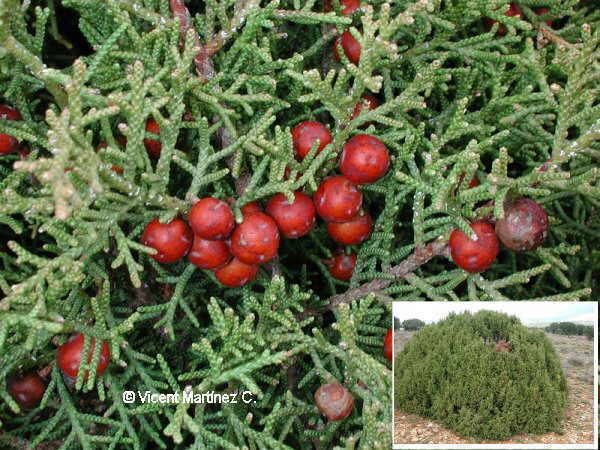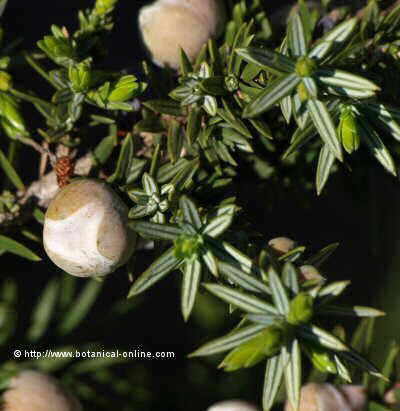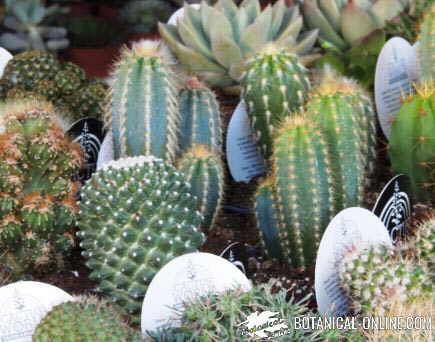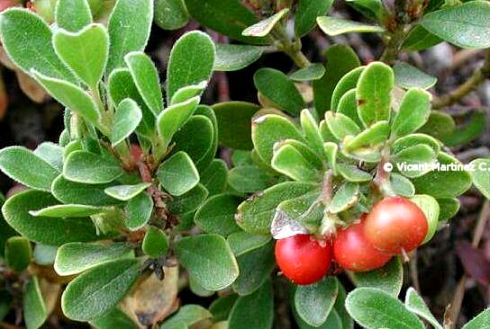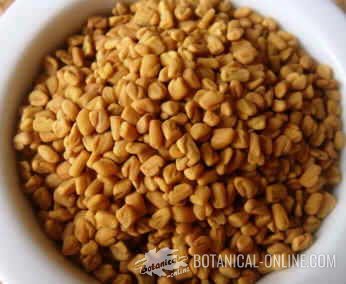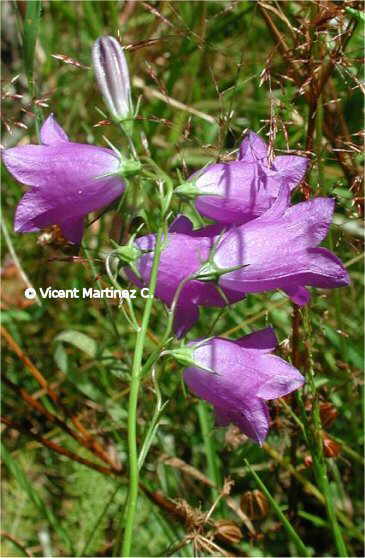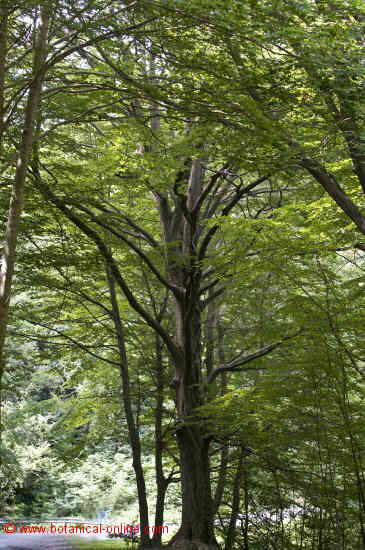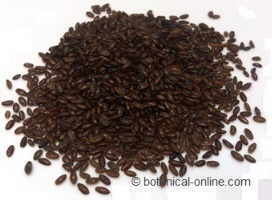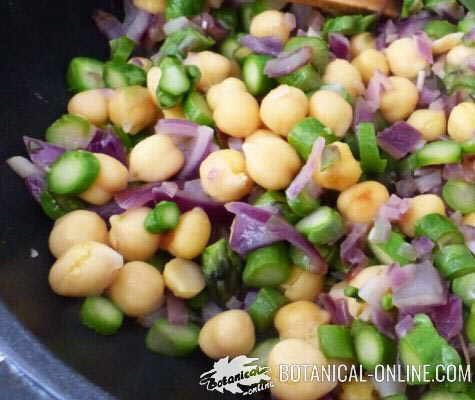Contents
Different classes of juniper shrubs
Juniperus trees and shrubs
What are junipers like?
All of them are shrubs or evergreen trees that live in the northern hemisphere.
They are usually dioecious plants with male and female specimens in different trees.
They all produce cones with seeds, green when youth and red or blue-black as they mature. These cones are composed of fleshy scales.
The wood of junipers is weak, though, for its wealth in oil, is very resistant to putrefaction.
Many junipers are used for their medicinal properties, especially for their antiseptic and diuretic properties.
Main species of junipers
There are approximately 50 species of juniper trees (Juniperus). Among the main species of junipers we can point out the following:
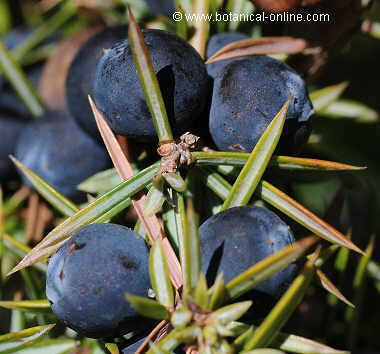
Detail of the fruits and leaves of common juniper (Juniperus communis)
- Common juniper (Juniperus communis) A tree or shrub species from North America, Europe and Western Asia. Although it can reach 7 feet, in most cases it does not exceed 3.5 or 4 meters.
- Oneseed juniper (Juniperus monosperma) It comes from the southwestern U.S. and northern Mexico. Ranging between 8 and 15 m in height, it is characterized by its fruits that only contain a single seed. As a folk remedy it is used to treat arthritis, asthma, nasal congestion, cough and hepatitis.
- Western juniper, Sierra juniper (Juniperus occidentalis) Coming from North American Pacific mountains, it can reach a height of 12 meters. There are no references to its use as a medicinal plant.
- Crawling juniper (Juniperus procumbens) Coming from the south of Japan, it is characterized by its creeping habit. Although, not reaching beyond 75 cm height, it may extend more than 4 meters, forming dense clumps.The variety Juniperus procumbens var. “Nana” does not exceed 30 cm tall and forms clumps that do not extend beyond five feet. It is sometimes considered a variety of Chinese juniper (J. chinensis var. Procumbens). There are no references to its use as a medicinal plant.
- Drooping juniper, coffin juniper (Juniperus recurva) is a shrub or tree from the Himalayas and Burma, which can reach 15 meters. It presents reddish brown. Coffin name refers to the fact that its wood is widely used for making coffins. In herbal medicine, it is used as an emetic.
- Temple juniper (Juniperus rigida) A tree that can reach 6 m in height. It comes from Korea and Japan. It is characterized by needle-shaped leaves with a white band on the top. In phytotherapy it is considered a diuretic.

A detail of phoenician juniper (Juniperus phoenicea)leaves and fruits, and the general aspect of the plant.
- Phoenician juniper (Juniperus phoenicea) It grows up to 8 m, showing stems erect, short, reddish brown bark, basal branching. Scaly leaves, overlapping. Fruits up to 1.4 cm, dark red at maturity. It appears in the Mediterranean region, in rocky, sandy terrain and continental steppes. More information about the Phoenician juniper .
- Spanish Juniper (Juniperus thurifera) It is native from Spain, northern Africa (Atlas Mountains) and France. Reaching a height of about 12 to 14 feet, although some specimens have been found reaching about 20 m. Cone-shaped tree in juvenile that is becoming wider as it matures. Stems with brown bark ash bearing large vertical cracks. Leaves very aromatic and resinous., young branches needle-shaped up to 1 cm in length. The adult branches with shorter flakes.
- Prickly Juniper, Prickly Cedar, Cade Juniper, Spanish Cedar and Cade (Juniperus oxycedrus) dioecious tree up to 10 m in height. Short stems, erect, grayish brown bark. Needlelike leaves, sharp, gathered in whorls of three.

Detail of galbulus and leaves of prikcly juniper (Juniperus oxycedrus). Note the double white stripe that defines the lower leaf surface and differentiates it from junipers that only have a band.
Much like the common juniper, primarily differentiates by the leaves drawing. Cade leaves show two white bands while juniper leaves only one. Red or reddish galbulus when ripe, which occurs in the second year after flowering. It grows in Mediterranean areas, from sea level to 1000 meters high, mainly in pine and oak forests on calcareous soils (More information about the prickly juniper)
- Savin juniper (Juniperus savin) is a creeping shrub from the cold climates of Asia and Europe. Although it can reach 3.5 meters high, it is generally a creeping species, that grows in width forming bushes till 4.5 meters wide. It usually grows between 1000 and 2500 feet in a cold, poor soils, calcareous and stony. It stands out for its stems with reddish brown bark that flakes easily, and because of its dark green leaves in the form of overlapping scales. Its uses as a medicinal plant are very broad: diuretic, emmenagogue, hemostatic and vermifuge. One must be very prudent in its use because it contains sabinol that gives abortifacient and emmenagogue properties.
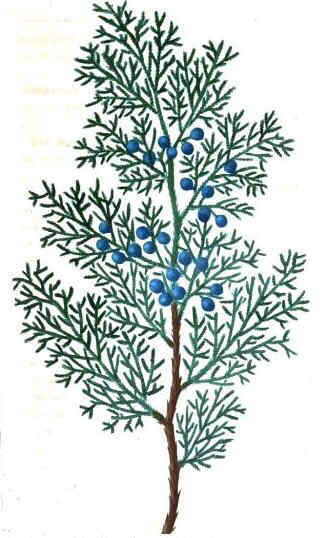
Red cedar (Juniperus virginiana)
- Eastern Redcedar, Red Cedar, Eastern Juniper, Red Juniper, Pencil Cedar) (Juniperus virginiana) It comes from North America. It can reach 30 meters in height, although more commonly it attains between 15 and 18 meters and sometimes it does not exceed the height of a shrub.
It is characterized by its columnar or conical shape. Trunks are short and have a reddish-brown bark that cracks easily in narrow bands. Its leaves needle-shaped when young and flaked when matured. All of them gray-green. The fruits are small and dark bluish purple.
The red wood of the juniper has much interest for use in cabinet making and for making pencils, hence it is also commonly known as “pencils cedar.”
It has many applications as a folk remedy: antibronchitic, emmenagogue, antirheumatic, stimulant, antiwarts, abortive, etc. It contains podophyllotoxin, a component that inhibits metastasis, so it is used for the manufacture of cancer drugs. It is a very toxic plant whose domestic use is discouraged. (More information on the Red juniper)
![]() More information on juniper.
More information on juniper.

